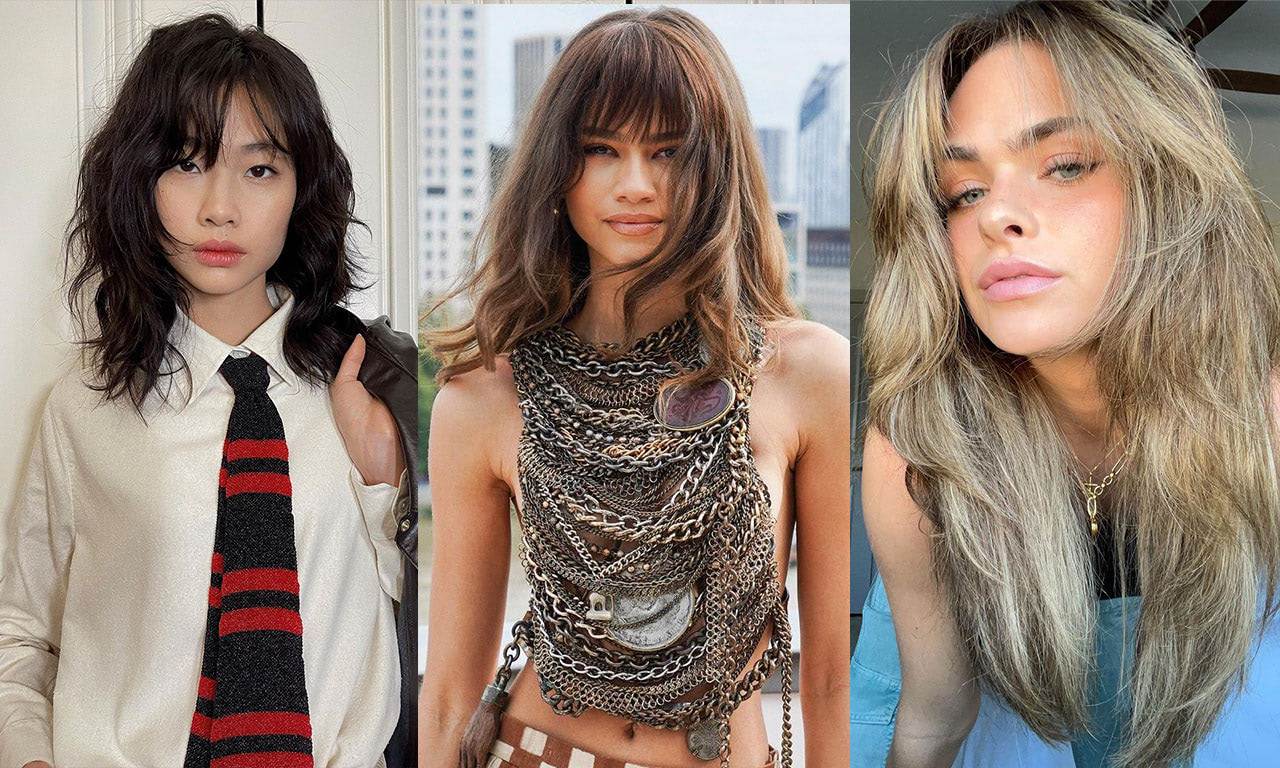Being proud of the texture of hair you were born with is something that has FINALLY become a trend in the 21st century. After centuries of being shamed, ridiculed or deemed “less pretty” for not having the right texture of hair, much less skin color, women today are standing up and showing off every kink, curl and wave in all its glory! Even as little girls, the tradition of mothers and sisters sitting with us and lovingly braiding our hair into cornrows or plaits has deeper roots than you may know.
Over 5,000 years ago women in Northern Africa were using artistic forms of expression with their braids and hairstyles to indicate their social status. For instance, the Fula women of the Sahel region of Africa identified their heritage with five long braids down the back of the head with small tufts of hair gathered at the crown. Another style of the Fula women incorporated beautiful disks of amber and silver they wore as hair accessories on their shoulder-length braids. Much of this history and their traditions were lost until ancient stone paintings were discovered and one photographer made it in his life’s work.

The Ojeikere Photographs
In 1930 Johnson Donatus Aihumekeokhai Ojeikere (J.D. 'Okhai Ojeikere) was born in Ovbiomu-Emai, a rural village in South-Western Nigeria. He worked and lived in Ketu, Nigeria. At the age of twenty, he pursued a future in photography, which was out of the ordinary for people in Nigeria, especially those in his village. Cameras were not of high demand and were of low priority as they were considered a luxury. However, 'Okhai Ojeikere was passionate about photography and in 1950 bought a modest Brownie D camera without flash, and had a friend teach him the fundamentals of photography.
When he passed away on February 2nd, 2014 at the age of 83, thousands of photos were discovered tucked away in boxes and filing cabinets. These photos depicted the amazing and complex hairdos favored by Nigerian women from the 1950s to the 1970s. Well before Avante Garde hair was hitting the pages of vogue, these beautiful women sported truly amazing and beautifully sculpted intricate weaves that are still inspiring today.

Hair Extensions as Tribal Tradition
Even in the 21st century, it may surprise that in such a connected world there are whole tribes who are considered “lost”, rarely seen, much less traveled to. In 2017 a London photographer named Tariq Zaidi set out to the southern African country of Angola to photograph and capture the life and beauty of some of these lost tribes. Arriving there, he was in awe of the beautiful and intricate hairstyles worn by the women of the tribe and was even more surprised to find out that they were hand made extensions! Fashioned from hay, goat hair, and even human hair gifted by loved one alive and now deceased. Nowadays, bulk hair for braiding can be used to achieve modern-day braided hairstyles.
Much More than Just a Braid
They are more cornrows, plaits or braids…they are a rich and ancestral tradition that until recent years became acceptable in schools and workplaces in the United States. They are an expression of self-love, history, and acceptance of who we are and in a world struggling right over larger issues of acceptance, love, and discrimination, love your texture. It’s your birthright.
 Have Questions? Call Us!
Have Questions? Call Us! 


